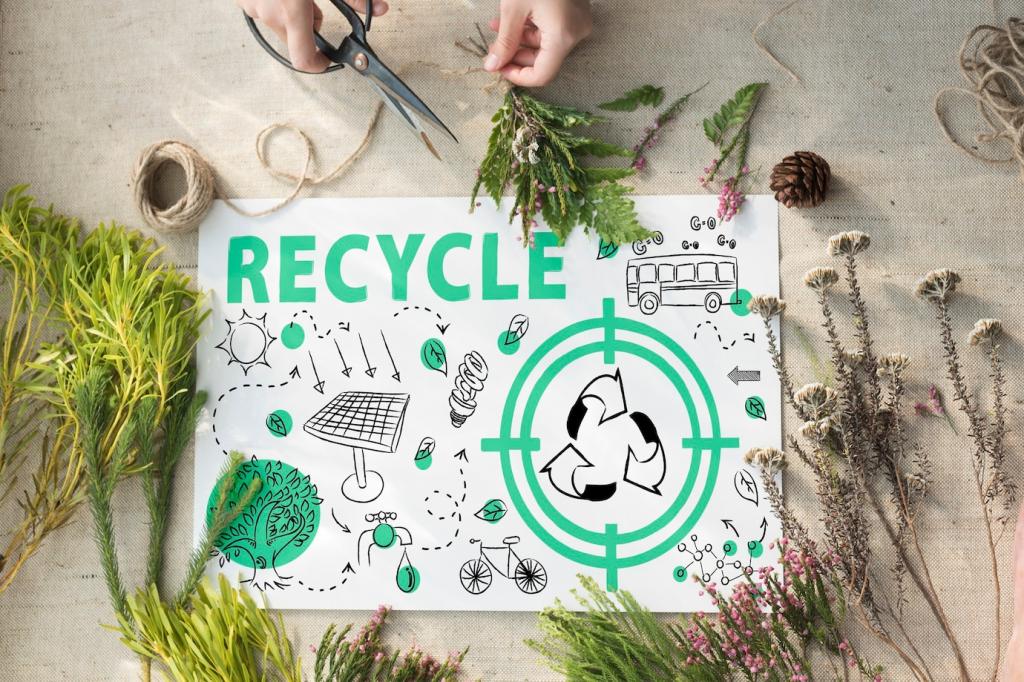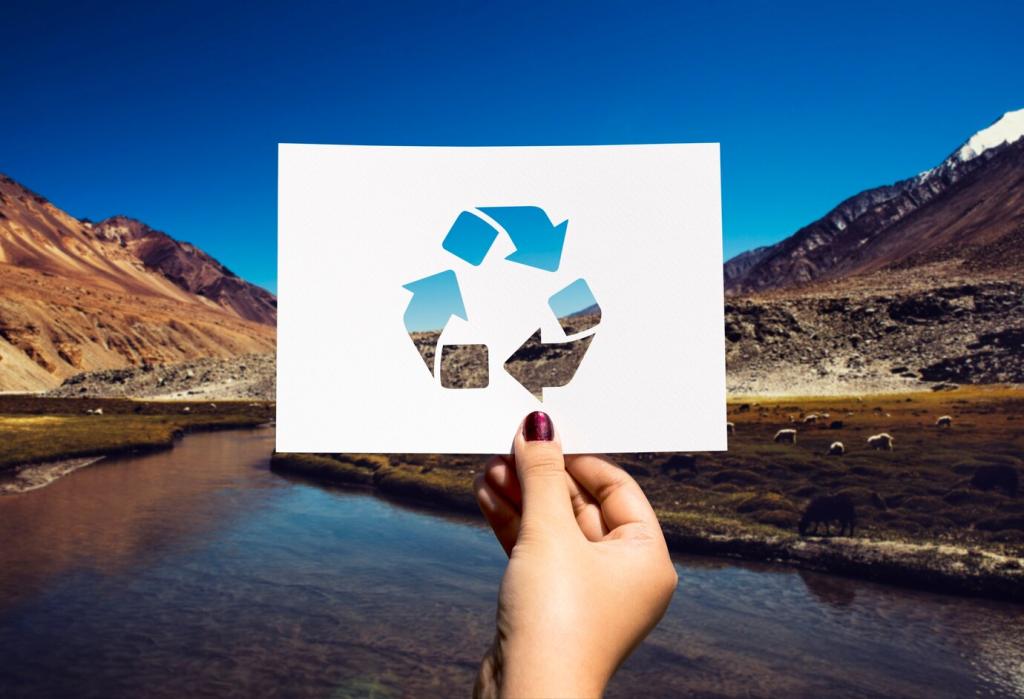Dyes, Finishes, and the Invisible Factors
Reactive and low-heavy-metal dye systems can reduce toxicity burdens in recycling baths and compost leachate. Natural dyes aren’t automatically benign; mordants and binders matter. Ask brands to disclose dye classes, and vote with your comments for cleaner color.
Dyes, Finishes, and the Invisible Factors
Water repellents with fluorinated chemistries resist breakdown and can contaminate recycling. Opt for waxes, dendrimer-based finishes, or mechanical treatments that maintain performance while respecting eventual biodegradation and safe compost outcomes.




